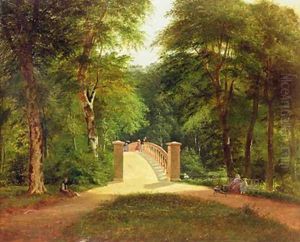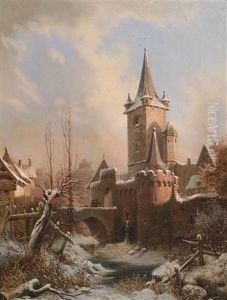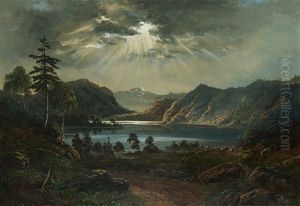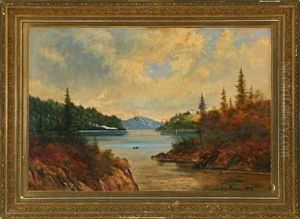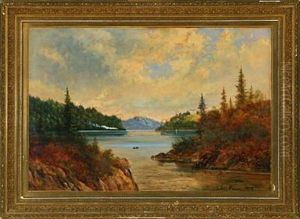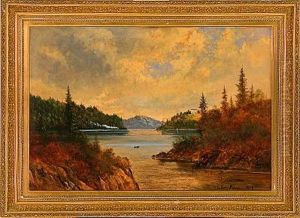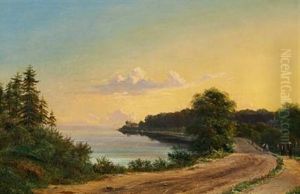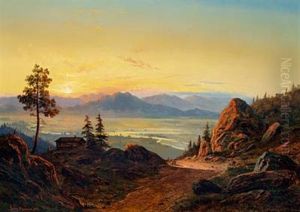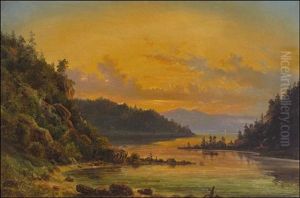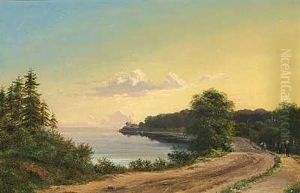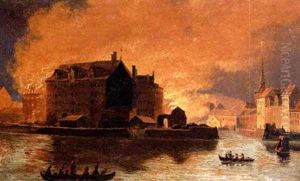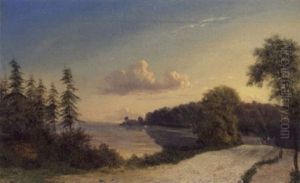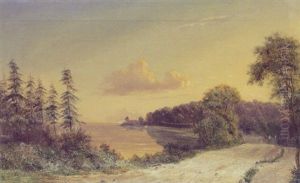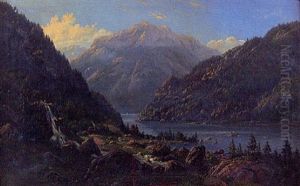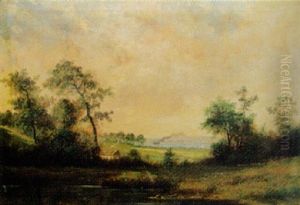Carl Ludwig Ferdinand Messmann Paintings
Carl Ludwig Ferdinand Messmann was a German artist known for his work as a landscape painter during the 19th century. Born on February 26, 1826, in Berlin, Germany, Messmann was part of a cultural environment that was rich in artistic expression and innovation, which was characteristic of the period known as the Biedermeier era, an epoch that is often associated with a certain level of domestic simplicity and a focus on the natural world.
Messmann's artistic journey likely began through a traditional apprenticeship, which was the norm for artists of his time. He would have studied the techniques of landscape painting, which was a popular genre in the 19th century, known for its romantic portrayal of nature. His works are characterized by a keen observation of natural phenomena and a delicate rendering of light and atmosphere, which invite viewers to engage with the tranquility and beauty of the rural scenery he depicted.
Throughout his career, Messmann exhibited his work at various venues, including the Academy of Arts, Berlin. His paintings reflect the romantic spirit of the time and the influence of the Düsseldorf school of painting, which emphasized careful detail, a polished finish, and a preference for landscape and historical subjects. Messmann's landscapes are marked by a harmonious palette and a masterful representation of different times of day and seasons, capturing the ephemeral qualities of light and climate.
Messmann's death occurred on August 19, 1893, in Berlin. Although he may not be as widely recognized as some of his contemporaries, his contribution to the landscape genre of the 19th century remains significant. His paintings continue to be appreciated for their serene beauty and technical skill, offering a glimpse into the pastoral vistas of the past. Messmann's work is a testament to the enduring appeal of landscape painting and its ability to convey the sublime aspects of nature.
